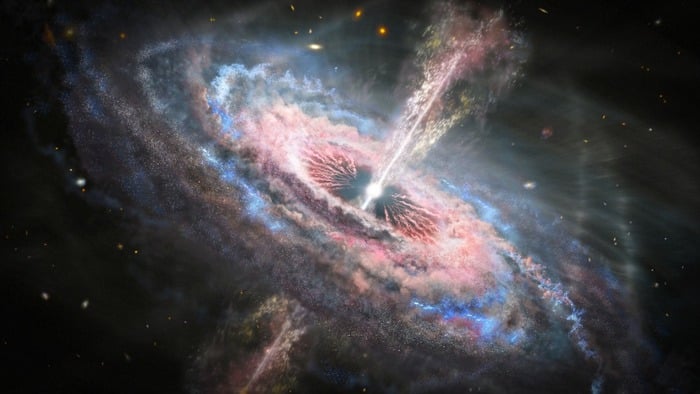NASA is facing one of the most delicate decisions in recent years. After months of uncertainty and technical problems, the space agency is called to decide whether to have the two astronauts Sunita Williams and Butch Wilmore return aboard Boeing’s Starliner or opt for a reentry with SpaceX’s more tested Crew Dragon. The choice is not easy and carries with it the weight of two tragedies that have profoundly marked the history of space exploration: the Challenger disaster in 1986 and the Columbia disaster in 2003.
A decision full of tension
The scenario is complex and tense. The option of returning astronauts on the Starliner, a spacecraft that has faced numerous technical problems, is becoming increasingly less likely. NASA has scheduled a flight readiness review for Saturday, a crucial step during which it will be decided whether to proceed with the Starliner or choose SpaceX’s Crew Dragon. The latter option, although now almost routine for the NASAwould represent a significant extension of the mission, turning an expected eight-day stay into an eight-month odyssey.
But why so much hesitation? The answer lies in the numerous problems that have plagued the Starliner. Despite initial reassurances from the NASAwhich spoke of “confidence” in Boeing’s vehicle, the agency has in recent weeks begun publicly discussing alternatives, a sign that concerns about the Starliner’s safety have become too great to ignore.
Ghosts of the Past: Challenger and Columbia
The memory of the Challenger and Columbia tragedies weighs heavily on this decision. During a recent press conference, officials from the NASA They made it clear that the agency has learned from past mistakes. “This robust exchange of views is a necessary aspect of a healthy safety culture”said Russ DeLoach, NASA’s mission safety and assurance officer. He also stressed the importance of avoiding the “organizational silence”a factor that contributed to the Challenger and Columbia disasters, when warning signals were ignored or underestimated.
However, the time available to the NASA to make a decision is rapidly running out. The Starliner’s batteries may soon run out, further limiting the agency’s options. Tensions mount as the NASA desperately tries to avoid another disaster, but with each passing day, the possibility of a return aboard the Dragon Crewn it seems increasingly likely.

The situation is followed with attention also from politics. Kamala Harris, vice president of the United States and candidate for president, is head of the National Space Council and is closely monitoring the evolution of events. A mistake at this stage could have repercussions not only on the safety of the astronauts, but also on the presidential race and the reputation from NASA.
With so much at stake, the NASA is called upon to make the right decision. The agency cannot afford to make a mistake, and choosing SpaceX’s Crew Dragon may be a prudent and necessary move.
The Future of Space Missions
This story highlights the challenges and risks that accompany any space mission. Despite technological advances, space exploration remains an extremely dangerous activity, where Also the smallest mistake can have consequences devastating. The decision that the NASA will take place in the next few days will have a significant impact not only on the astronauts involved, but on the entire future of space missions.
In conclusion, the NASA is faced with a crossroads: choose the safety of the Crew Dragon or take a risk with the Starliner. One thing is certain, however: with the memory of Challenger and Columbia still alive, the agency cannot afford to let its guard down. What would you do if you were NASA? Play it safe or trust Boeing? The answer may not be as simple as it seems.
#Starliner #Risk #NASA #Fears #Space #Disaster